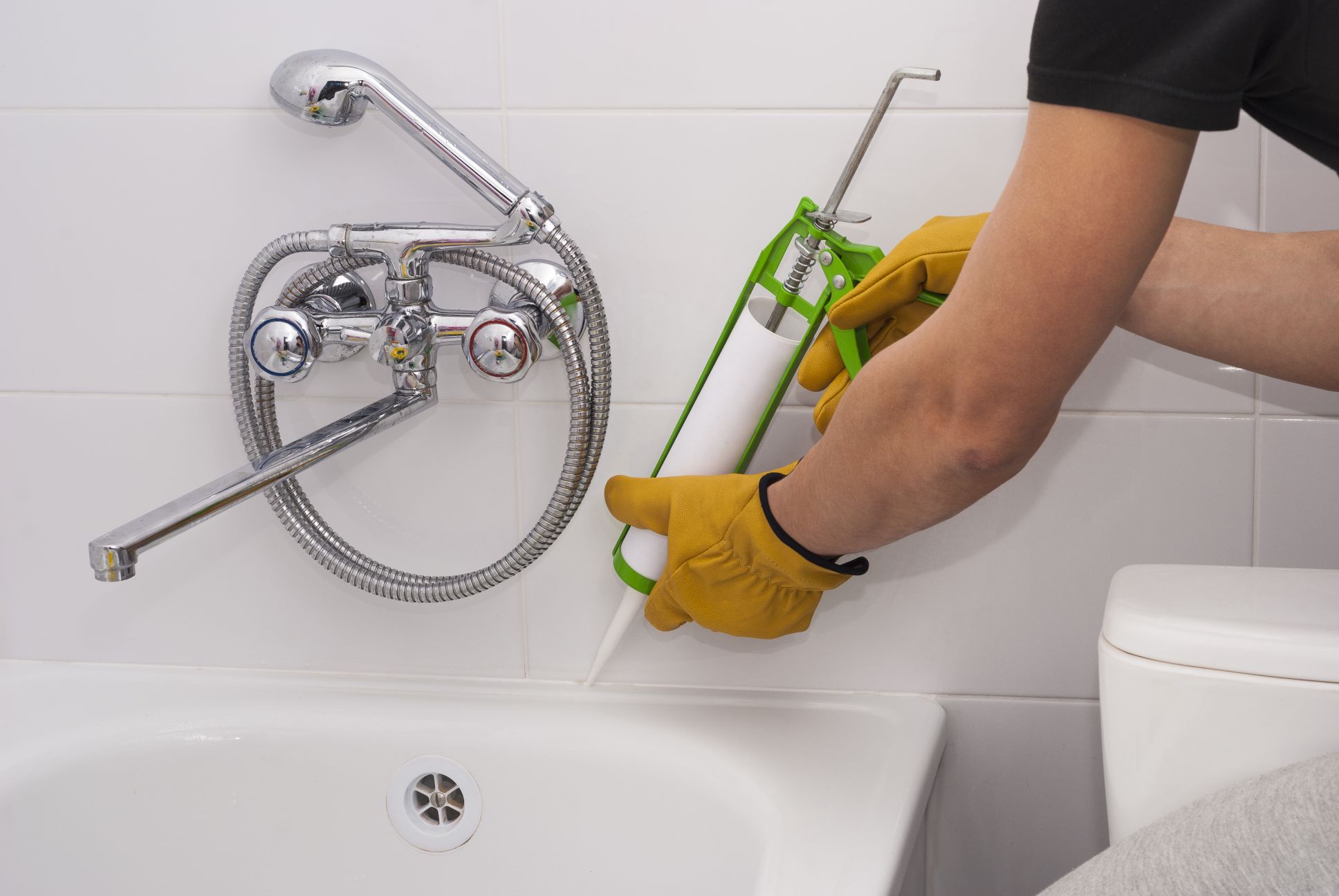Waterproofing is crucial in areas prone to moisture and water exposure, such as bathrooms. A properly waterproofed bathroom prevents water damage, protects the structural integrity of the house, and ensures a healthy living environment.
Various Potential Sources Of Water Damage In A Bathroom
Bathrooms are exposed to constant moisture and water, making them susceptible to water damage. Common sources of water damage in a bathroom include leaking pipes, overflowing toilets, damaged shower enclosures, faulty waterproofing membranes, inadequate sealing around fixtures, and water seepage through walls and floors.
Negative Consequences Of Water Damage
Water damage in a bathroom can lead to mold growth, structural issues, and aesthetic problems. Mold growth can cause health issues and produce a musty odor. Aesthetic problems include peeling paint, detached wallpapers, and deteriorating tiles and grout.
Mold Growth
When water seeps into the walls, floors, or ceilings of a bathroom, it creates an ideal environment for mold growth. It not only causes unsightly stains and discoloration but also releases spores into the air, which can trigger allergies and respiratory problems. Additionally, it produces a musty odor that can be unpleasant and difficult to eliminate. Mold growth in a bathroom can be particularly problematic due to the high humidity levels often present in these areas. The accumulation of moisture in the bathroom, combined with insufficient ventilation, creates the perfect breeding ground for mold. To prevent mold growth, it is crucial to ensure proper ventilation, maintain moisture levels, and implement effective bathroom waterproofing measures.
Structural Damage
When water infiltrates the walls, floors, or ceilings, it weakens the underlying structure, compromising its stability. Over time, this can result in cracks, sagging ceilings, and even the collapse of the affected areas. Structural damage not only poses a safety risk but also requires extensive repairs and renovation work. The continuous presence of water can cause wooden structures to rot, concrete structures to weaken, and metal components to corrode. In addition, water can seep into the subfloor, causing it to warp and deteriorate.
Areas Of The Bathroom That Need Extra Protection
To ensure effective bathroom waterproofing, certain areas require extra protection. These include bathroom floors, walls, and ceilings. Floors are exposed to frequent water splashes and spills, making them particularly vulnerable to water damage. Proper waterproofing membranes and sealants should be applied to create a protective barrier. This will prevent water from seeping into the subfloor and causing structural damage.
Special attention should be given to areas around showers, bathtubs, and sinks, as these are common sources of water leakage. Waterproofing solutions such as sealants, membranes, and coatings can be applied to these areas to create a watertight seal and protect the underlying structures.
Top Materials For Protection Against Moisture And Cracks
Paints offer a range of high-quality products that provide excellent protection against moisture and cracks. These materials have been specifically designed to withstand the challenges of bathroom environments.
- Dampstop Advanced: This is a superior waterproofing product that offers exceptional performance. It is capable of withstanding up to 4 bar negative water pressure, making it highly effective in preventing water damage. This advanced solution forms a robust barrier against water penetration, and effectively seals surfaces, preventing water seepage and moisture-related issues.
- Dampshield Elasto: This is a flexible waterproofing membrane specially designed for areas prone to movement and cracks. It offers superior elasticity, allowing it to accommodate structural movements without compromising its waterproofing capabilities.
- Dampstop Duo: This is a nano-technology-based waterproof primer that penetrates deep into the substrate, enhancing its strength and preventing water damage. This innovative product creates a protective layer that effectively seals surfaces, preventing water seepage and moisture-related issues.
Conclusion
Bathroom waterproofing is of utmost importance to protect your home from water damage, mold growth, and structural issues. By addressing potential sources of water damage and applying high-quality waterproofing materials, you can ensure a durable and long-lasting waterproofing solution for your bathroom.


